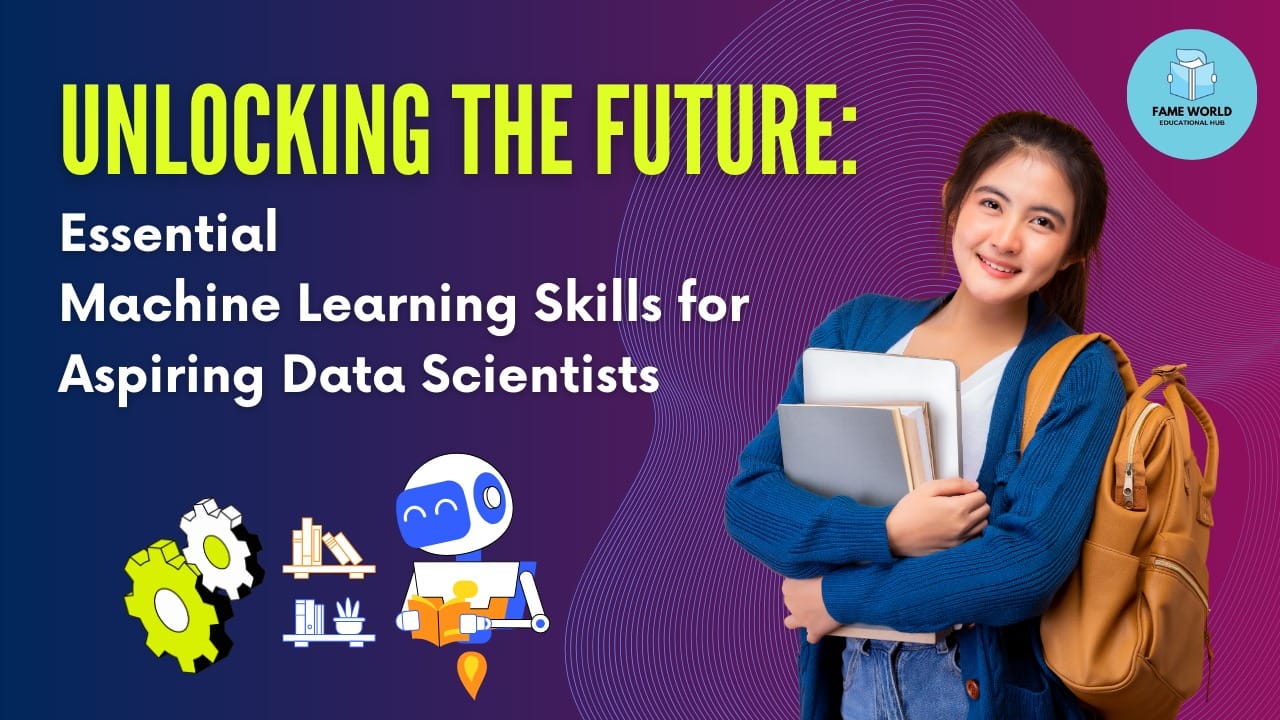Welcome to our interactive blog post on machine learning skills! Whether you’re a beginner or looking to enhance your current skill set, this guide will help you navigate the essential skills needed to thrive in the world of machine learning.
What is Machine Learning?
Machine learning is a subset of artificial intelligence that enables systems to learn from data, identify patterns, and make decisions with minimal human intervention. It’s used in various applications, from recommendation systems and fraud detection to autonomous vehicles and natural language processing.
Why Learn Machine Learning?
With the increasing demand for data-driven decision-making in businesses, machine learning skills are more valuable than ever. Here are a few reasons why you should consider diving into this field:
– Career Opportunities: Companies are constantly looking for data scientists and machine learning engineers.
– Impactful Work: Contributing to projects that can transform industries.
– Continuous Learning: The field is ever-evolving, providing opportunities for lifelong learning.
Key Machine Learning Skills
Let’s break down the essential skills you need to develop in your machine learning journey:
1. Programming Skills
– Python: The most widely used language in machine learning. Familiarize yourself with libraries like Pandas, NumPy, and Scikit-Learn.
– R: A powerful language for statistical analysis and data visualization.
Interactive Challenge: Try writing a simple Python script that loads a dataset and performs basic data analysis using Pandas.
python
import pandas as pd
# Load dataset
data = pd.read_csv(‘your_dataset.csv’)
# Display the first 5 rows
print(data.head())
2. Mathematics and Statistics
Understanding the mathematical foundations of machine learning algorithms is crucial. Focus on:
– Linear Algebra: Concepts like vectors, matrices, and operations.
– Calculus: Understanding derivatives and gradients, which are key in optimization.
– Statistics: Probability distributions, hypothesis testing, and statistical significance.
Interactive Quiz: Test your knowledge! What is the purpose of a confusion matrix in classification problems?
1. To visualize data distribution
2. To evaluate the performance of a model
3. To optimize hyperparameters
(Correct answer: 2)
3. Data Preprocessing
Real-world data is often messy. Learning how to clean and preprocess data is vital for building accurate models. Skills include:
– Handling missing values
– Normalization and scaling
– Encoding categorical variables
Interactive Exercise: Given a dataset with missing values, write a Python function that fills in the missing values with the mean of the column.
4. Machine Learning Algorithms
Familiarize yourself with common algorithms:
– Supervised Learning: Linear regression, decision trees, support vector machines.
– Unsupervised Learning: K-means clustering, hierarchical clustering.
– Reinforcement Learning: Q-learning and policy gradients.
Interactive Task: Implement a simple linear regression model using Scikit-Learn.
python
from sklearn.linear_model import LinearRegression
# Assume X and y are your features and target variables
model = LinearRegression()
model.fit(X, y)
predictions = model.predict(X)
5. Model Evaluation and Hyperparameter Tuning
Understanding how to evaluate models using metrics like accuracy, precision, recall, and F1-score is essential. Additionally, hyperparameter tuning (e.g., using Grid Search) helps optimize model performance.
Interactive Challenge: Try to improve your model’s performance by tuning its hyperparameters. Use Scikit-Learn’s GridSearchCV for this task.
6. Data Visualization
Being able to visualize data and model predictions can help you understand your results better. Tools and libraries to learn include:
– Matplotlib: For creating static, animated, and interactive visualizations.
– Seaborn: A statistical data visualization library based on Matplotlib.
Interactive Exercise: Create a scatter plot using Matplotlib to visualize the relationship between two features.
python
import matplotlib.pyplot as plt
plt.scatter(X[:, 0], y)
plt.xlabel(‘Feature 1’)
plt.ylabel(‘Target Variable’)
plt.title(‘Feature 1 vs Target’)
plt.show()
7. Deep Learning Basics
As you advance, it’s essential to understand the basics of deep learning. Familiarize yourself with frameworks like TensorFlow and PyTorch.
Interactive Task: Create a simple neural network using Keras to classify images from the MNIST dataset.
Continuous Learning and Resources
– Online Courses: Platforms like Coursera, edX, and Udacity offer courses in machine learning.
– Books: Consider reading “Hands-On Machine Learning with Scikit-Learn, Keras, and TensorFlow” by Aurélien Géron.
– Communities: Join forums like Kaggle, GitHub, and Stack Overflow to learn from others and contribute to projects.
Conclusion
Machine learning is an exciting and rapidly evolving field. By developing the essential skills outlined above, you’ll be well on your way to becoming a proficient machine learning practitioner.
Interactive Discussion: What skill are you most excited to develop in your machine learning journey? Share your thoughts in the comments below!
Call to Action
Ready to take your first step into machine learning? Explore our curated list of online courses and resources to get started today!



